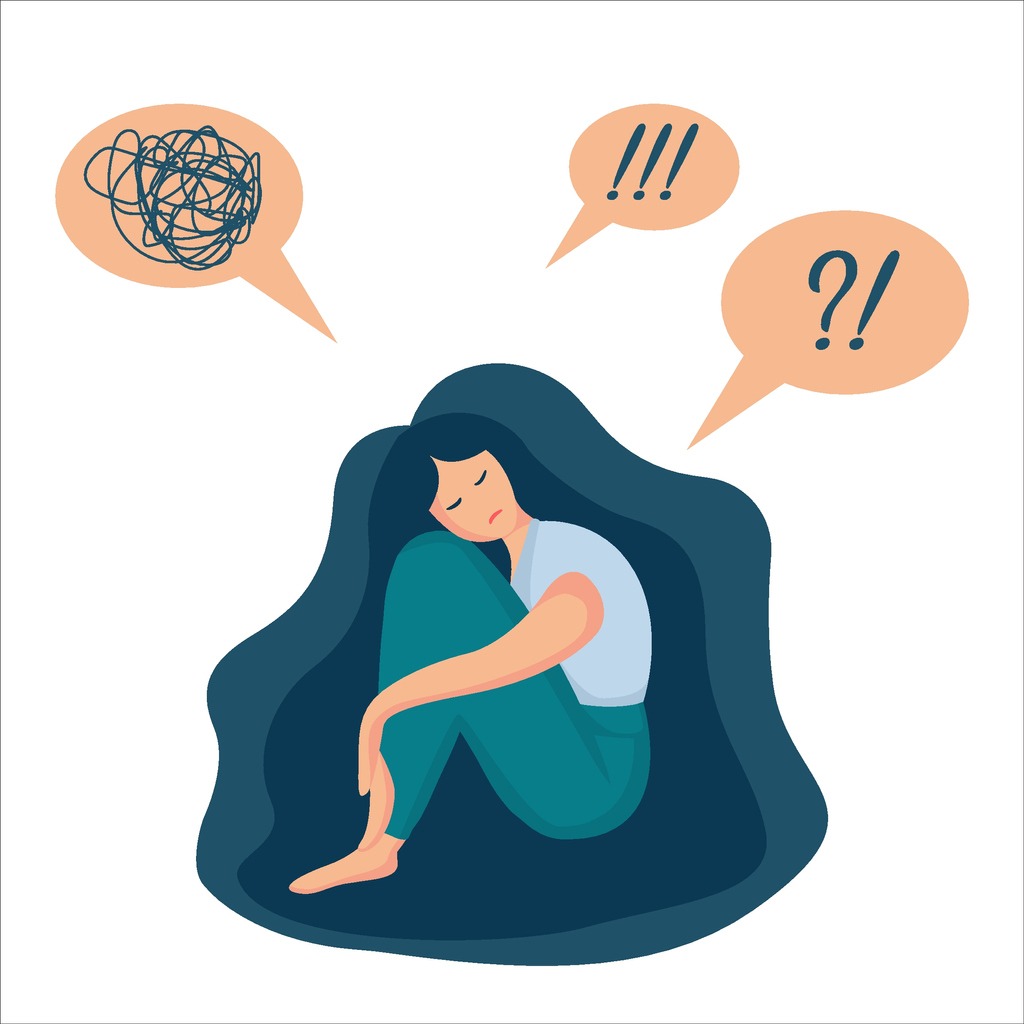Brain injuries are one of the leading causes of death and disability worldwide. According to the International Brain Injury Association, one million Americans are treated and released from hospital emergency departments as a result of brain injuries each year. Of this one million, an estimated 80,000 people are discharged from the hospital with some injury-related disability. Sadly, it’s also estimated that 50,000 of these brain injuries result in death.
One thing that is important to note is that no two brain injuries are the same. Some injuries are more severe than others and can affect the brain in different ways. Symptoms may present immediately or take days or even weeks to appear. Brain injuries are typically categorized as mild, moderate, or severe, and can be caused by traumatic or non-traumatic events.
Traumatic Brain Injury
A Traumatic Brain Injury, or TBI, may be due to a fall, car accident, sports injury, or other event involving a physical disruption to the head. Most brain injuries are a mix of both primary and secondary injuries.
Primary injuries include the injuries sustained at the time of the traumatic event. This can include intracranial hematomas (the rupturing of a blood vessel), skull fractures, contusions (the bruising of brain tissue), and diffuse axonal injuries (the twisting and tearing of connections between cells of the brain).
Secondary injuries result from metabolic and physiologic changes following the traumatic event. This includes hypoxia (the brain is not receiving enough oxygen), hypotension (extremely low blood pressure), ischemia (inadequate blood supply), cerebral edema (an increase of intracranial pressure), hydrocephalus (an accumulation of cerebrospinal fluid), and Second Impact Syndrom (receiving a second concussion before symptoms from an earlier one have subsided).
Typically, concussions are the most common forms of TBI. You can learn more about the dangers of concussions and how we treat them here.
Non-Traumatic Brain Injury
A non-traumatic injury may be a stroke, tumor, illness, lack of oxygen, disorder, aneurysm, cardiac arrest, drug use, or anything that is occurring on the inside of the body and affects the brain. These types of injuries are not caused by an external force. Typically, non-traumatic brain injuries have a direct impact on cells throughout the brain. While TBI only affects concentrated areas, a non-traumatic brain injury can spread to all areas of the brain. This is especially so if the injury is not treated in a timely and efficient manner.
Brain Injuries are known to cause many kinds of physical, cognitive, behavioral, and emotional impairments. These symptoms may be either temporary or permanent, but if properly treated, these symptoms are less likely to become permanent. Have you or a loved one experienced a brain injury? Healthy Within is an integrative brain health center, experienced in incorporating neurofeedback to help people re-engage in their wholeness and wellness. We also help clients with ADHD, PTSD, depression, anxiety, OCD, stroke, dementia and more!
Contact us for more information about how we can help you get your mind back to functioning at its best, happy self.

